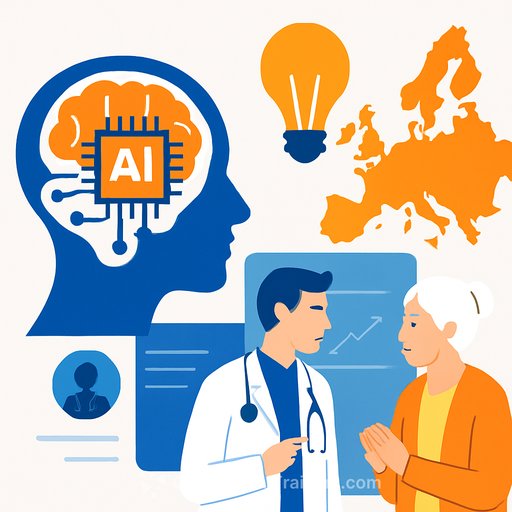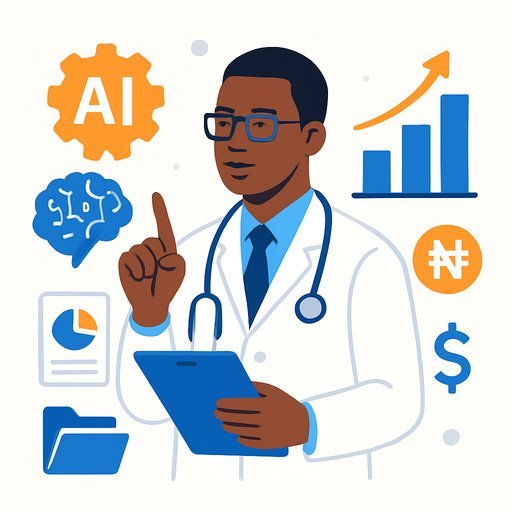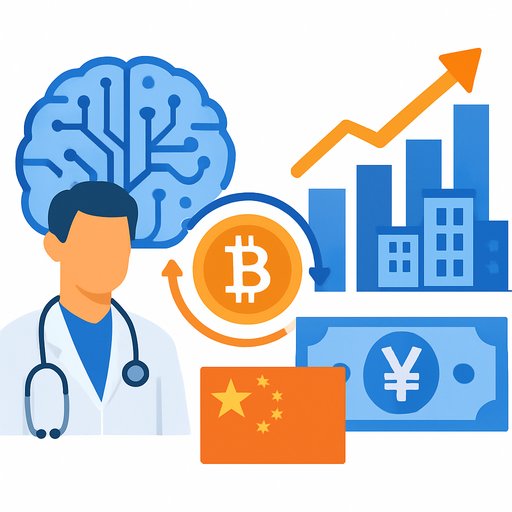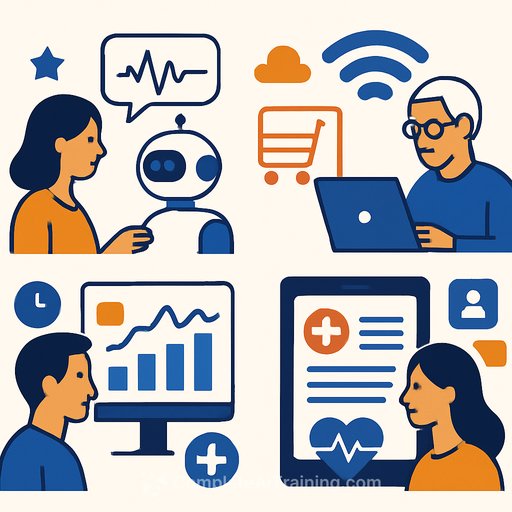The Rise of AI in Dementia Research and Healthcare Innovation
Dementia is a chronic, progressive condition with no current cure, and its prevalence is expected to nearly double by 2050. However, a new wave of European startups is applying artificial intelligence (AI) to scientific research, offering fresh hope for treatments targeting dementia and other complex diseases.
One such company, Prima Mente, based in London, is conducting a study involving 1,000 patients across 15 healthcare settings. The study integrates blood biomarkers and genotyping with remote cognitive testing to detect cognitive decline earlier and with greater accuracy.
Hannah Madan, cofounder of Prima Mente, explains that their goal is to treat Alzheimer’s, dementia, and other neurodegenerative diseases not as a single category but broken down molecularly—similar to how cancer treatments are now more specific to cancer types. “It’s a simple study, designed to bring innovation to the neurocare pathway,” she says. The NHS teams collaborating on this project are enthusiastic about its potential.
The impact of AI in healthcare is no longer theoretical. Medical professionals are using AI models to analyze medical images, diagnose conditions earlier, run clinical trials more effectively, and tailor therapies to individual patients. In 2024, two Nobel Prizes recognized scientists using AI to advance medicine. Looking ahead, the concept of creating digital twins of patients to simulate treatment plans could transform personalized healthcare.
Infrastructure Challenges
Developing such sophisticated AI applications demands powerful computing infrastructure. Prima Mente’s team has spent the past year building Pleiades, the first epigenetic foundation model capable of detecting early neurological disease with high accuracy. This requires elastic, cost-efficient high-performance computing (HPC), which many current systems cannot support.
“We are pre-training huge models in-house, with up to 80 billion parameters,” says Madan. Such infrastructure was once exclusive to tech giants like Uber, Google DeepMind, and Wayve. Prima Mente now uses Nebius’s infrastructure, a leading Nvidia cloud partner headquartered in Europe, which recently deployed NVIDIA GPUs in the UK. With data centers across six countries, Nebius provides critical resources that healthcare innovators need.
To encourage innovation, Nebius hosted its inaugural AI Discovery Awards in June 2024, awarding $100,000 in GPU credits to four winners. Ilya Burkov, global head of healthcare and life sciences growth at Nebius, highlights the challenge: “The infrastructure many teams rely on isn’t built for modern research. It’s clunky, costly to maintain, and hard to scale. Without proper compute power and engineering support, innovation slows down.”
The ChatGPT for Biology
On the continent, French biotech startup Bioptimus is developing what it calls the “ChatGPT for biology.” This foundation model understands and engineers multi-modal biology at scale — from DNA sequences and protein structures to cellular interactions and phenotypes.
Unlike traditional research that focuses on isolated biological components, Bioptimus integrates every layer to simulate biology as it exists in reality. Since its launch in 2024, the company has raised $76 million. Its first model, H-optimus-0, has been downloaded over 100,000 times worldwide via Amazon Web Services.
Mathilda Strom, COO at Bioptimus, notes, “We’re seeing significant workflow improvements in pathology. People use the model for biomarker discovery and uncovering new disease cures, making connections that humans haven’t been able to find.”
Felipe Llinares, cofounder and VP of AI at Bioptimus, adds that AI is driving a golden age of scientific discovery. “The data, models, training methods, and hardware are finally reaching maturity. But biology is complex—simulating a human is like predicting weather by modeling air molecules.”
Bioptimus is on track to release its next-generation model, M-Optimus, later this year. This model will be the first to interpret medical images while linking them to gene expression, spatial location, and cellular organization. For example, it will help researchers understand how tumor cell arrangement affects treatment response.
Such advancements require massive data and HPC resources. Llinares explains, “A single tumor image can be 50,000 by 50,000 pixels, creating intense compute demands. AI for biology will likely be a top driver for Europe’s HPC needs in the coming years.” Data sovereignty also plays a key role due to healthcare compliance requirements. “Our sensitive data must remain within specific geographic boundaries, so local compute capacity is critical.”
Burkov echoes this view: “We need stronger connections between scientific, technological, and clinical teams. Our mission is to provide biotech innovators with the infrastructure necessary to accelerate progress on healthcare’s toughest challenges.”
Healthcare professionals interested in AI applications and infrastructure can explore practical AI training and resources at Complete AI Training.
Your membership also unlocks:






